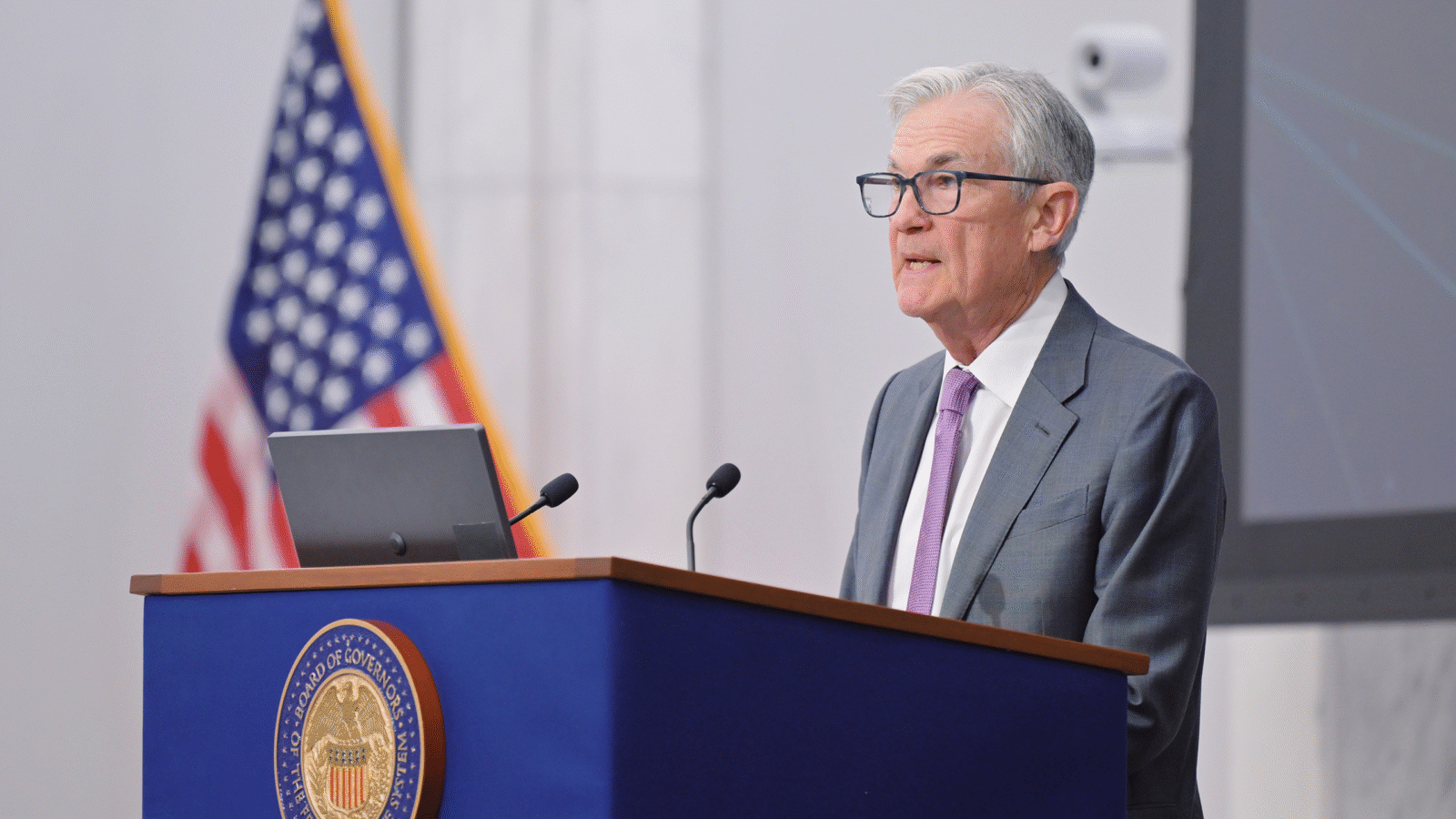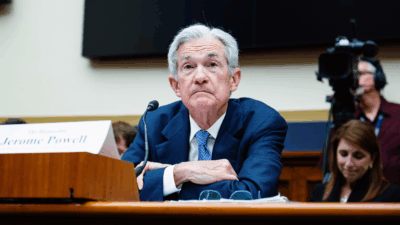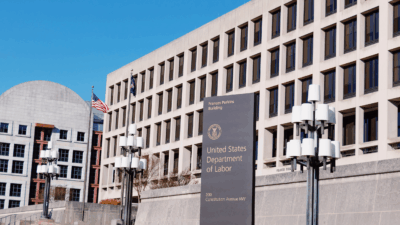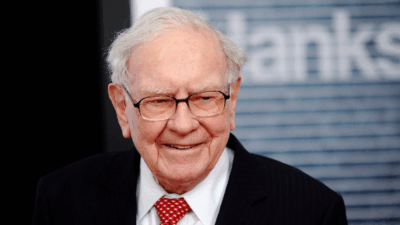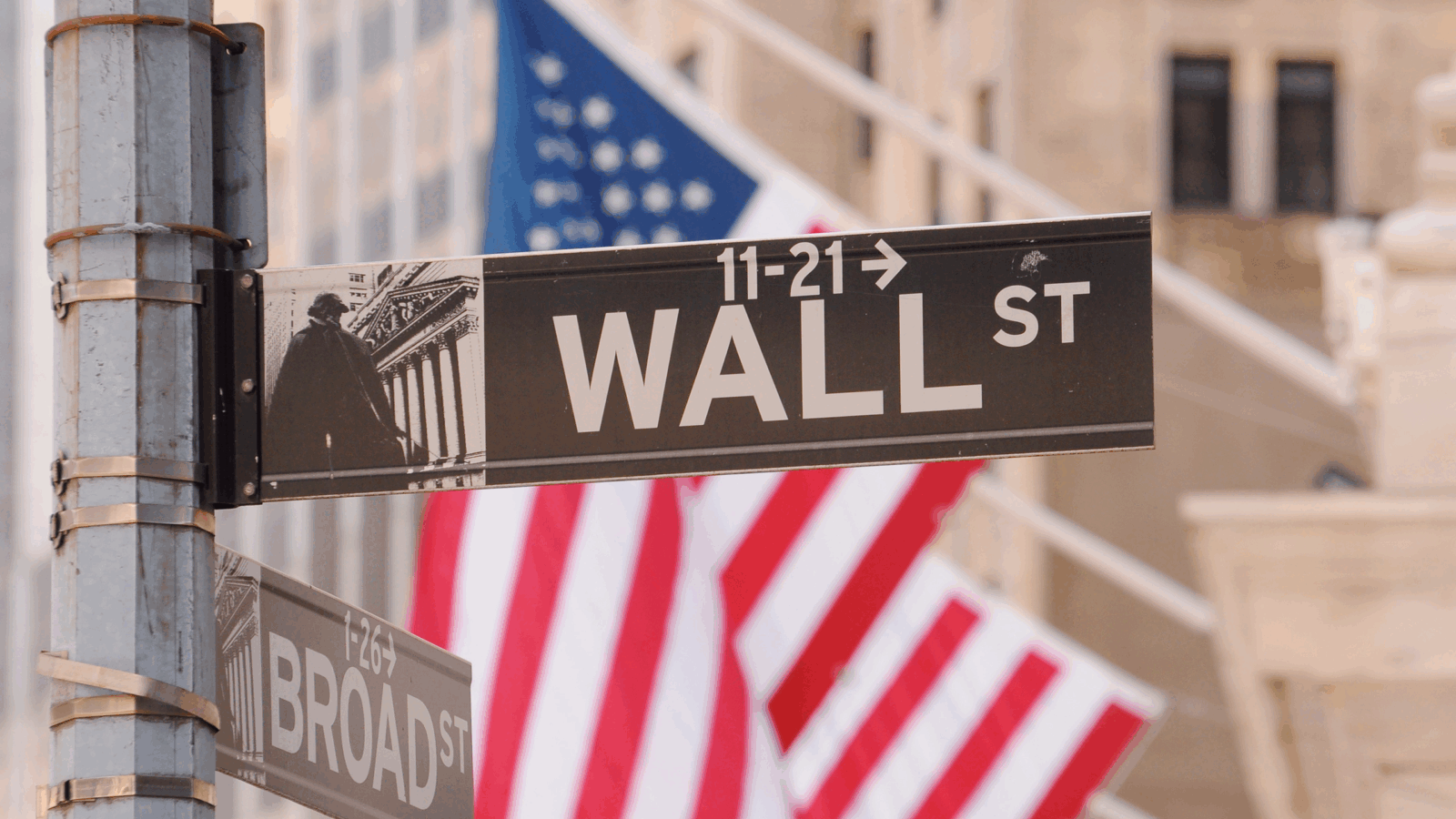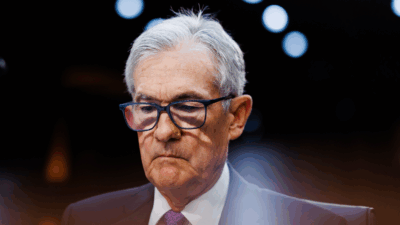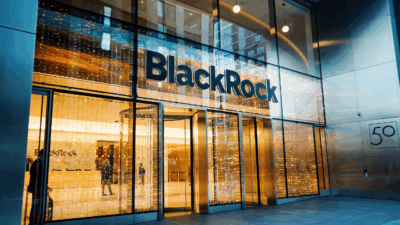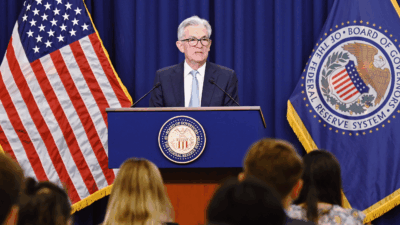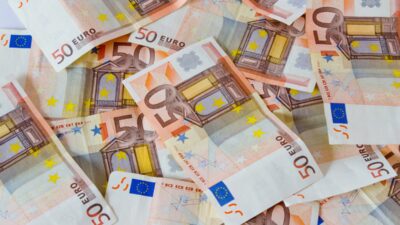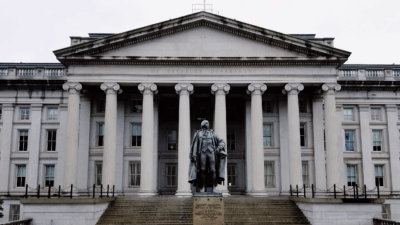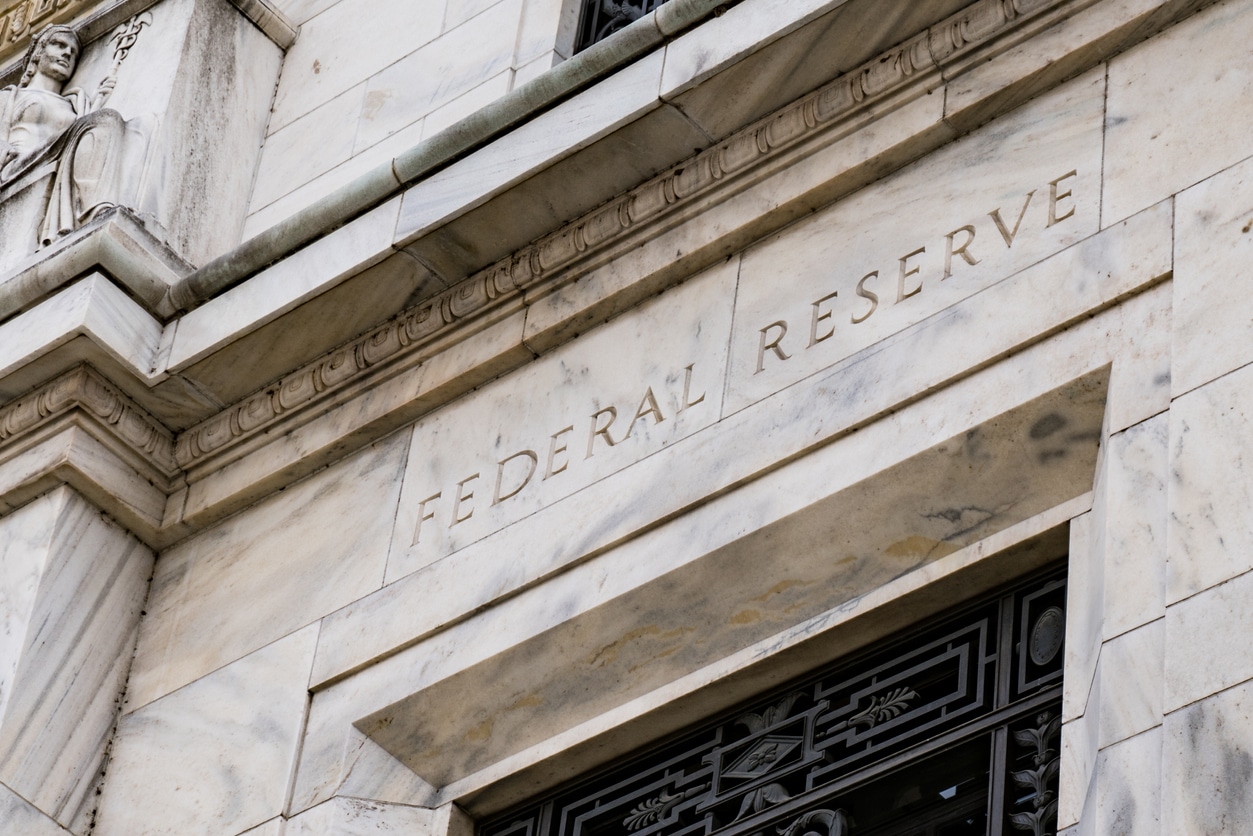
Sign up for smart news, insights, and analysis on the biggest financial stories of the day.
For the US Federal Reserve, 2022 is looking like a classic case of damned if you do, damned if you don’t.
Inflation grew 6.8% in November, or the fastest in 40 years, but any rate hikes to slow rising consumer costs could put a serious dent in the economy. That’s because corporate debt has swelled by $1.3 trillion since early 2020, creating an inverse risk if borrowing costs rise.
Pick Your Poison
Federal Reserve Chair Jerome Powell said the central bank plans to discuss speeding up its reduction of asset purchases, which could end months earlier than the initial target of mid-2022. That would give the Fed the scope to raise rates earlier and faster if inflation doesn’t cool down.
The problem is — with all the new debt that companies took on in the last two years — higher rates and wider borrowing spreads would stifle access to credit. That could push more firms into financial trouble, even bankruptcy, and underlying signs that show it’s a legitimate concern:
- Investment-grade bond duration, the measure Wall Street uses to track sensitivity to interest rates, is near record highs and five-year refinancing requirements are at record highs of $2.5 trillion, according to Moody’s Investors Service.
- S&P Global Ratings analysts estimate about 500 companies will try to tap markets for refinancing next year — higher rates would make fundraising especially tough for medium and small-sized businesses whose loans aren’t usually rated, while the average credit rating for rated companies has been declining, according to Moody’s, putting their debt service costs at risk, too.
“The economy is more vulnerable than it has ever been before to rising interest rates,” Torsten Slok, Apollo Global’s chief economist, told Bloomberg. “How much can the Fed raise rates? And the answer is, they can actually not raise rates that much.”
Zombie Outbreak: Then there’s the risk for zombie firms, nicknamed because they don’t have enough cash flow to service their debt payments. At the height of the pandemic there were 772 publicly traded zombies on the Russell 3000, according Bloomberg data. That has come down a bit to 621, but it’s still 100 more firms that can’t bear a rate hike than before the pandemic — certainly enough for a financial sector spinoff of The Walking Dead.
